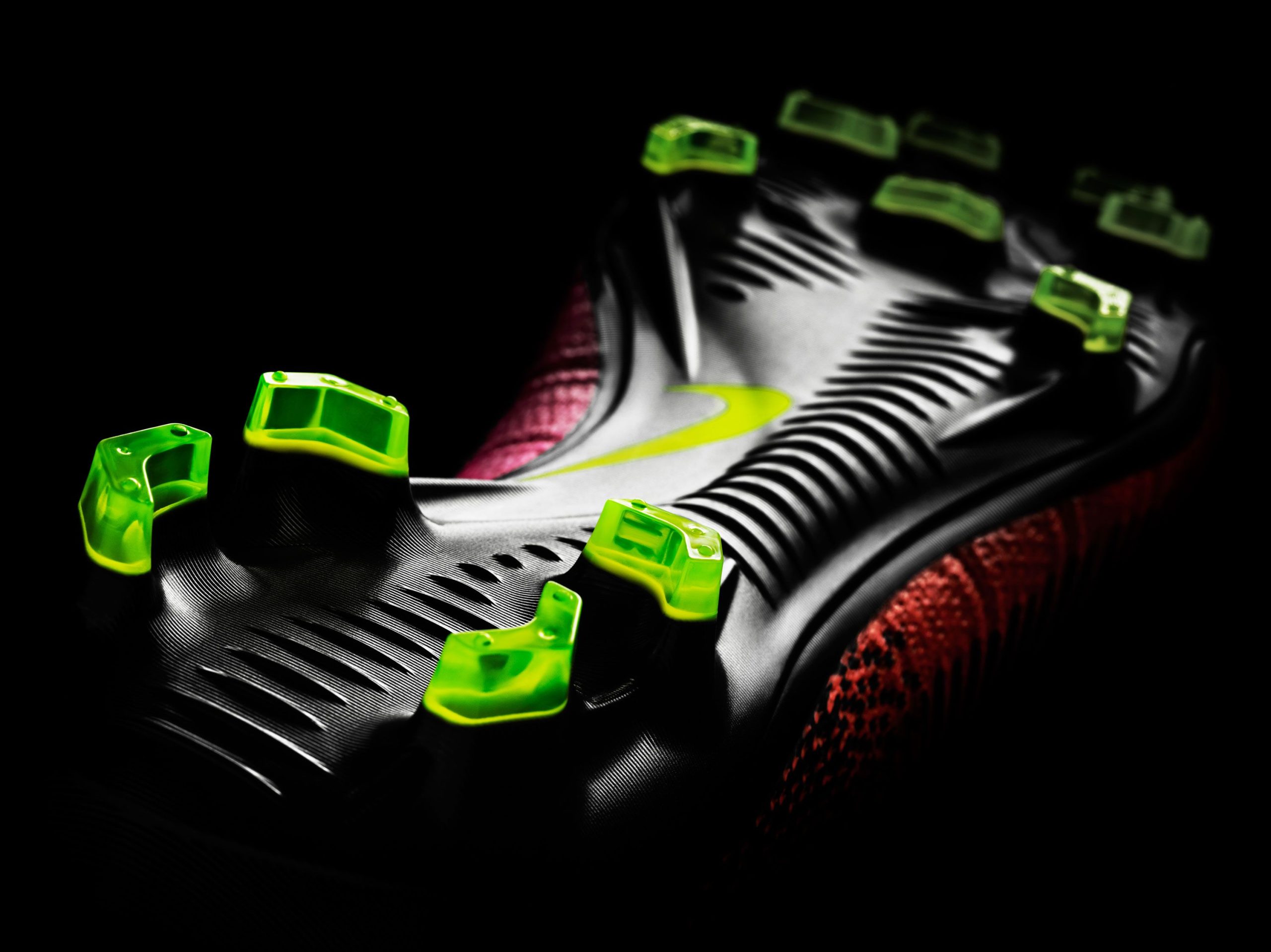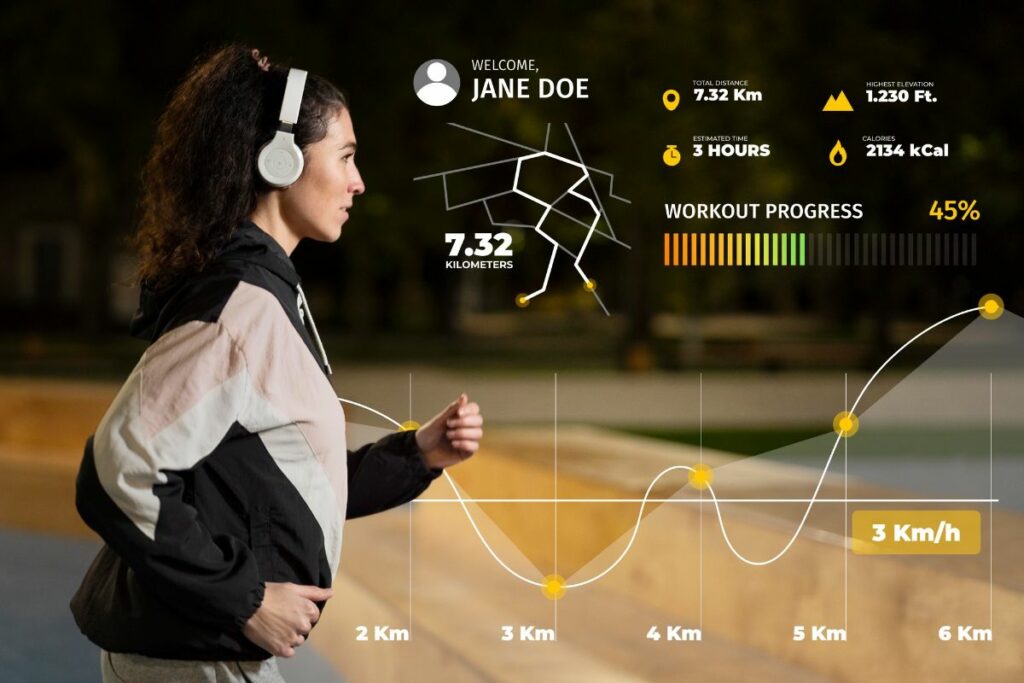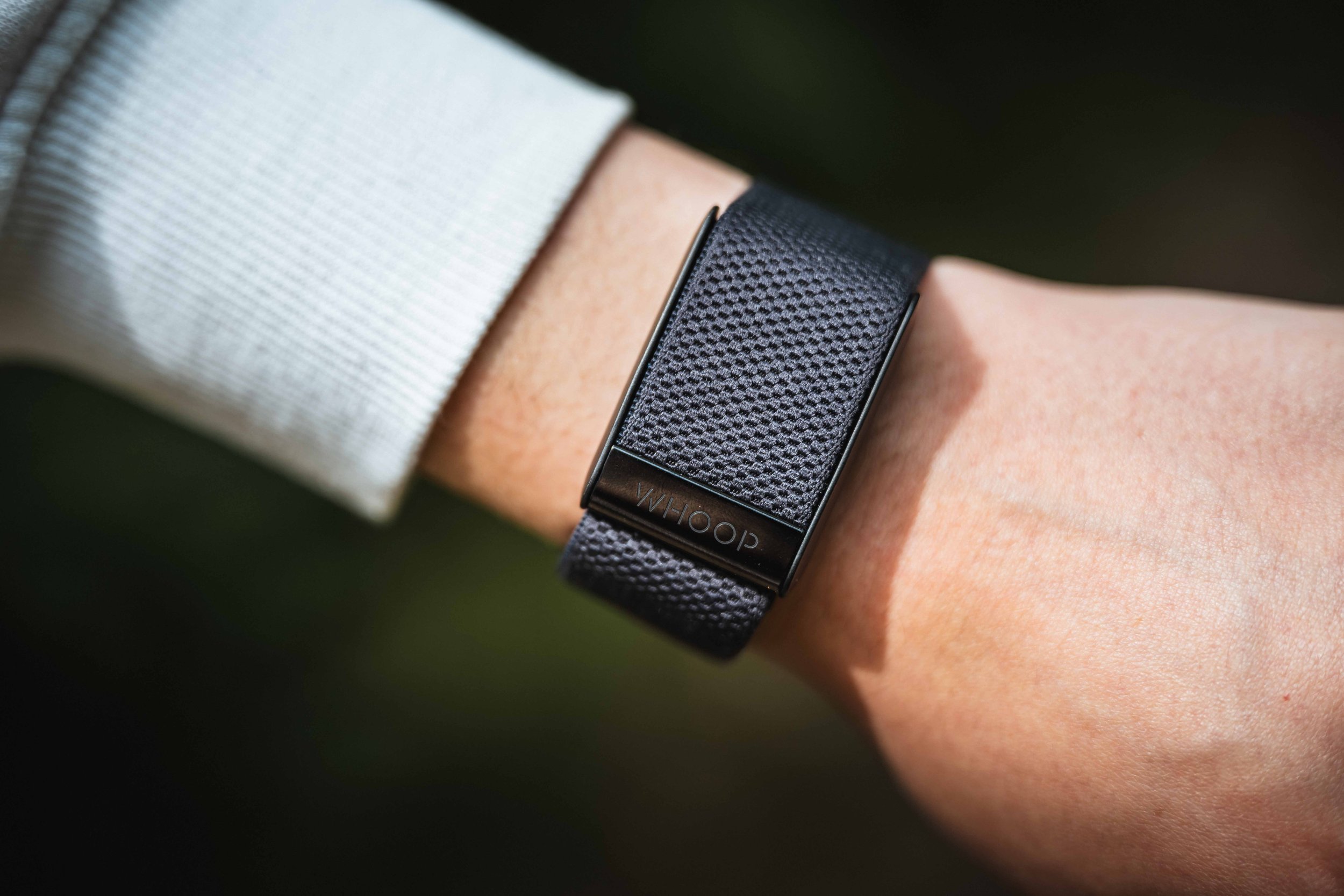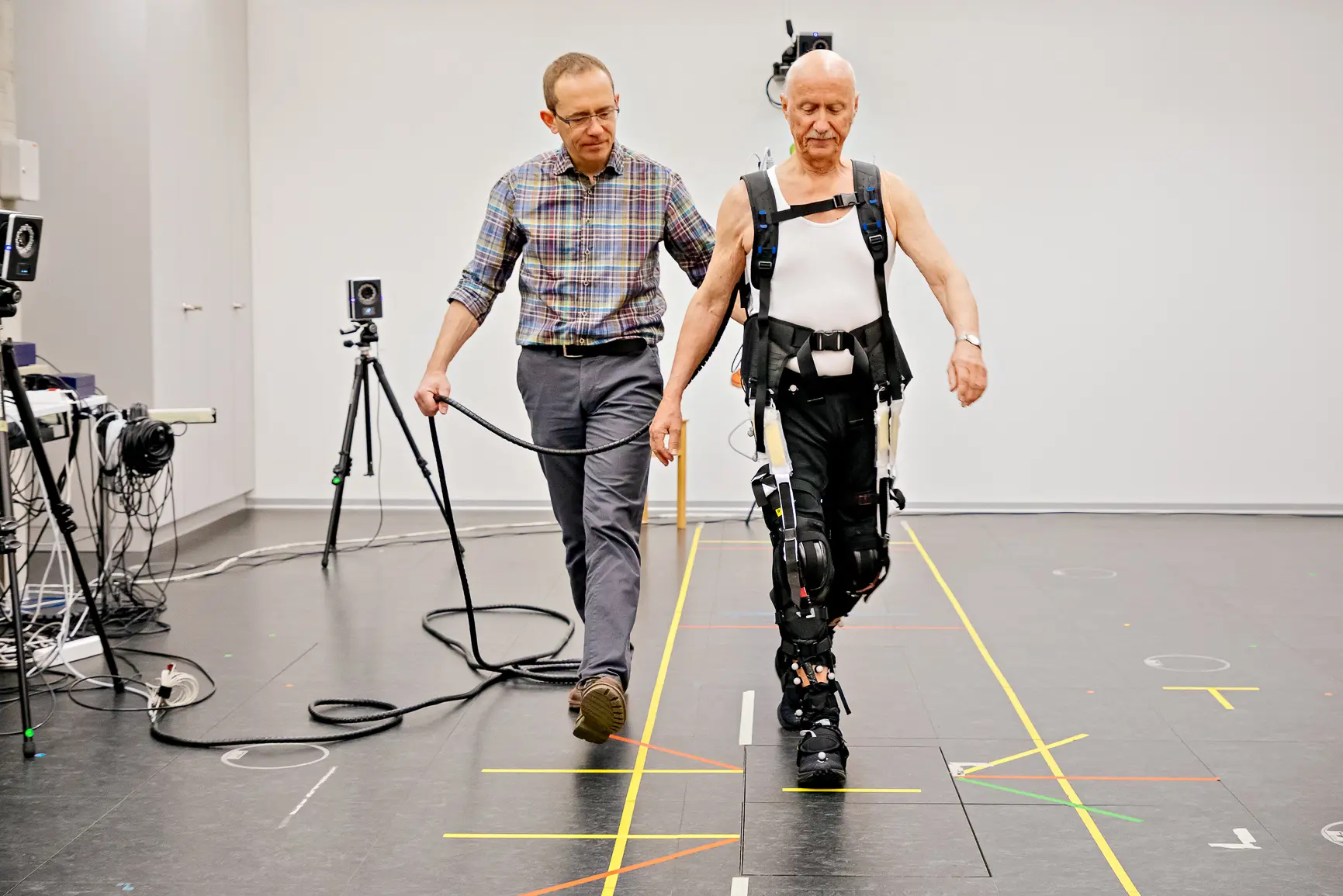amicitaacademy.com – Cleats play a crucial role in sports like soccer, American football, baseball, and rugby, providing athletes with the necessary traction, stability, and agility. Over the years, cleat technology has evolved significantly, incorporating advanced materials, biomechanical research, and customization to enhance performance and reduce injuries. This article explores the latest innovations in cleat technology and their impact on modern sports footwear.
Evolution of Cleat Technology
Historically, cleats were made of leather with metal studs or spikes, offering minimal flexibility and comfort. As sports footwear advanced, manufacturers introduced synthetic materials, ergonomic designs, and enhanced stud configurations to improve grip, acceleration, and maneuverability. Today, cleats are lightweight, durable, and tailored for different playing surfaces.
Key Innovations in Cleat Technology
1. Stud Configurations and Traction Enhancements
- Bladed Cleats: Designed to maximize traction and reduce rotational stress on joints, commonly used in soccer and rugby.
- Conical Studs: Provide better stability and multidirectional movement, ideal for quick pivots and sharp turns.
- Hybrid Stud Systems: Combine bladed and conical studs for optimal balance between grip and maneuverability.
- Interchangeable Studs: Allow players to customize cleats based on field conditions, switching between soft-ground and firm-ground configurations.
2. Advanced Materials and Lightweight Designs
- Carbon Fiber Plates: Integrated into the soleplate for enhanced energy return and reduced weight.
- Knit Uppers: Used in brands like Adidas Primeknit and Nike Flyknit, providing a sock-like fit for improved comfort and ball control.
- Microfiber Synthetics: Lightweight and water-resistant materials replacing traditional leather for better durability and flexibility.
3. Smart Cleat Technology
- Embedded Sensors: Track player movement, speed, and impact forces, offering real-time performance data.
- Pressure Mapping Systems: Analyze foot pressure distribution to optimize cleat placement and minimize injury risks.
- 3D-Printed Cleats: Custom-made soles and studs tailored to an athlete’s foot shape and playing style.
4. Surface-Specific Cleat Designs
- Firm-Ground (FG) Cleats: Designed for natural grass fields, featuring strategically placed studs for maximum grip.
- Soft-Ground (SG) Cleats: Have longer, often replaceable metal studs for wet or muddy conditions.
- Artificial Grass (AG) Cleats: Include more, shorter studs to distribute pressure evenly on synthetic turf and prevent injuries.
- Turf Shoes (TF): Use rubberized outsoles for small-sided games on artificial surfaces.
Impact on Athlete Performance and Injury Prevention
Modern cleat innovations have significantly enhanced athlete performance by improving acceleration, balance, and agility. Custom-fit cleats and biomechanically optimized stud pla
cements help reduce common injuries such as ankle sprains, knee twists, and foot fatigue. With the integration of smart technology, players and coaches can make data-driven decisions to optimize training and gameplay.
Conclusion
Cleat technology continues to evolve, pushing the boundaries of sports footwear innovation. With advancements in materials, biomechanics, and digital integration, athletes now have access to cleats that enhance performance while minimizing injury risks. As sports science progresses, the future of cleat technology will likely see even greater personalization, sustainability, and smart data applications, revolutionizing the way athletes perform on the field.






